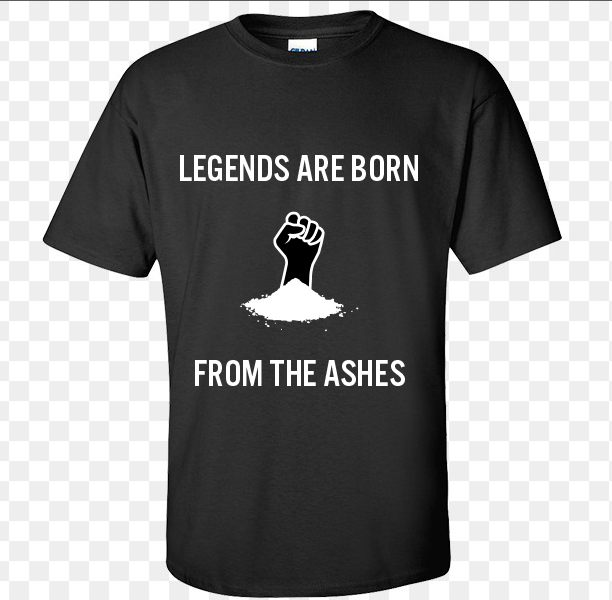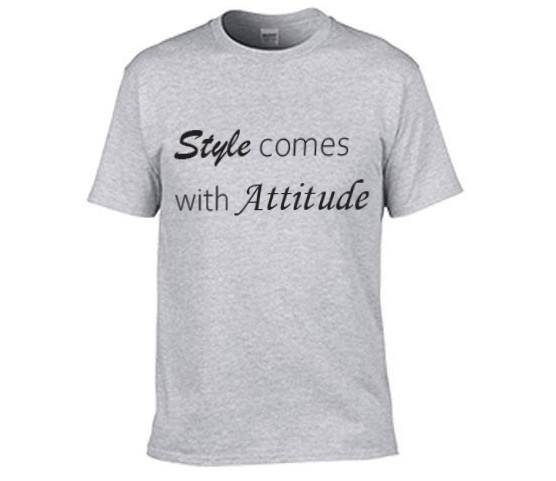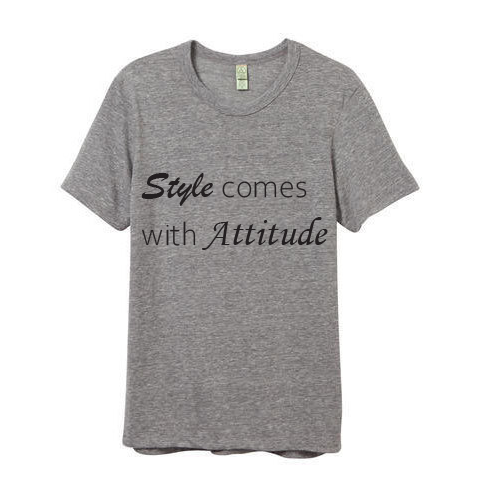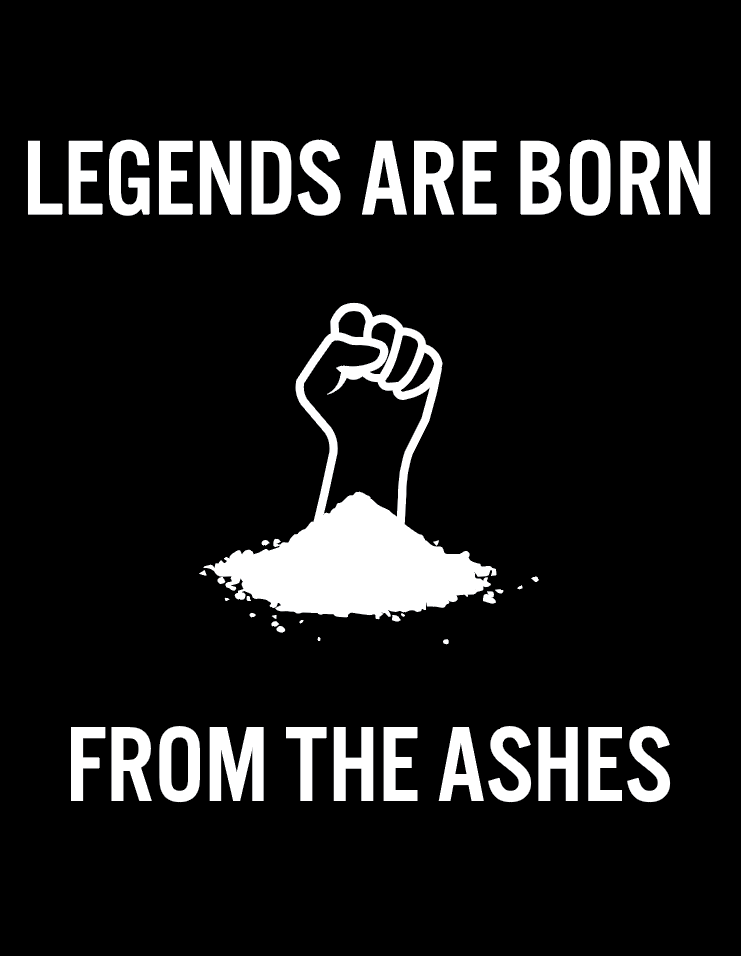School projects aren’t intended to be marketable; they’re intended to teach you things. In a real-world situation, you’d rarely have the constraints you mentioned of having to use nothing but type. I suspect the assignment is an exercise designed to force you to see typography as more than just a series of readable words, which, based on your struggles with it, is exactly what you’re realizing. This is good. You’re learning.
Every typeface has a personality. Sometimes a typeface’s personality is pretty much locked in. The Brush Script face you used, for example, has a very strong personality, Everywhere it’s used, that personality is so strong that it’s noticed. Other faces, like the Myriad or Open Sans (or whatever it is) that you’ve used have more malleable personalities that tend to take on the personalities of the layouts in which they’re placed.
You already knew this, though, because that’s why you chose Brush Script and used the generic sans serif for the words you wanted to be more generic. The reason that I’m pointing this out is because you’re already learning things and might not even know it.
What you haven’t learned yet is how best to use those personalities as part of a larger, more complex composition. Just as an analogy, let’s say you’ve gone to a party. Each person there has his or her own personality on display. Collectively, these personalities add up to the personality of the party. Designing the right party requires setting the stage (music, activities, decorations, etc.) for each of those people’s personalities to emerge in ways that contribute to the bigger composition.
Just a suggestion, but head to your local bookstore. If there’s a shelf where all the best sellers are lined up with their covers showing, study those book covers carefully. Most will be dominated by typography that has been integrated into the larger book cover composition. This composition will, if designed right, complement the personality of the book itself.
Look at one book cover after another and ask yourself why the designer choose that particular typeface and why that typeface contributes to the larger personality of the composition and how it’s been integrated into that composition. Ask yourself why the composition is appropriate (or inappropriate) for the book’s subject matter. Try mentally substituting another typeface for the one that’s actually been used, then ask yourself why that typeface would have compromised the personality of the book or, perhaps, improved it.





